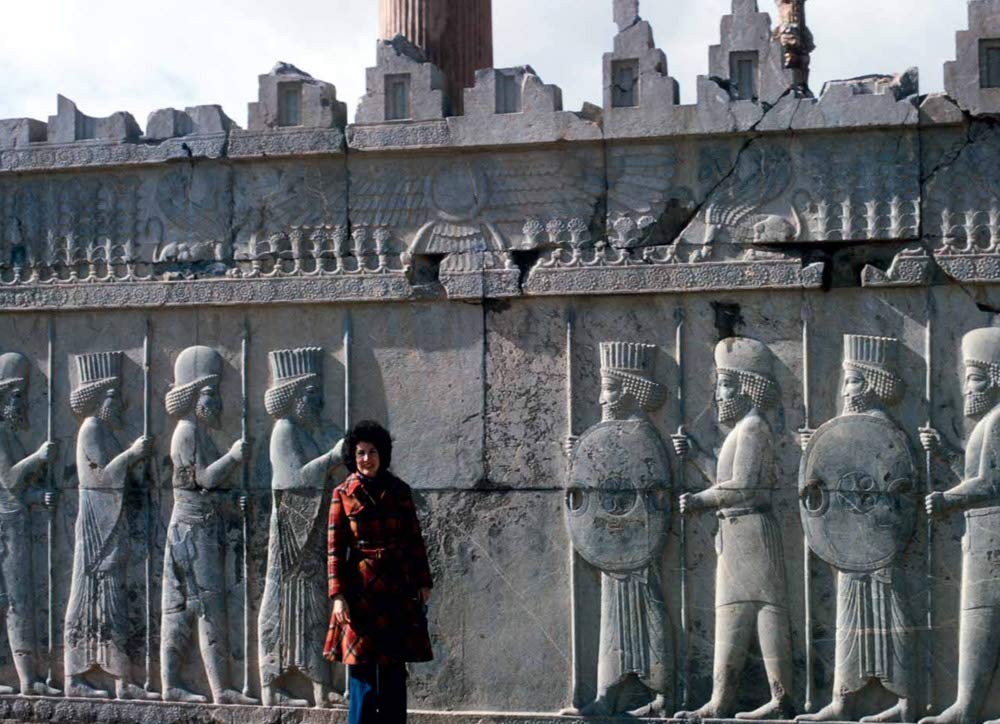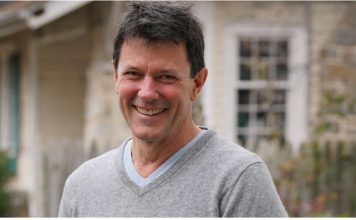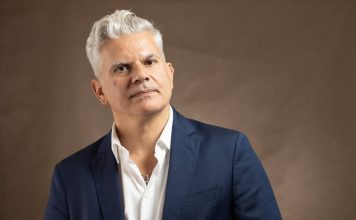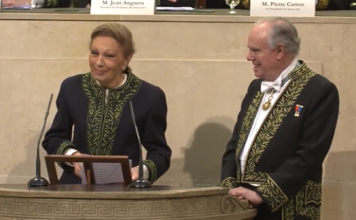By Tim Cornwell
In May 1975, a group of prominent Iranians arrived in New York for a shopping spree with a difference. They included Dr. Karim Pasha Bahadori, the director of Empress Farah Diba’s private secretariat, and Mehdi Vakil, the former Ambassador to the United Nations. They were on a mission to buy art.
For two weeks, the group toured New York galleries and art dealers, guided by a young curator named Donna Stein. She had been hired away by Dr. Bahadori from her job at New York’s Museum of Modern Art, and used her contacts and know-how to plan the trip.
By the end of it, the Iranians had bought 125 artworks by artists from Jackson Pollock to Pablo Picasso. Those works would go on to form the core collection of the Tehran Museum of Contemporary Art, now considered the most important collection of Western modern art outside of the U.S. and Europe.
More than 40 years later, Stein has told her story for the first time in a new book, ”The Empress and I: How an Ancient Empire Collected, Rejected, and Rediscovered Modern Art.” In it, she recalls how she worked mostly behind the scenes to build a rich collection whose story has long fascinated the international press. Bought for an estimated $100 million, the group of works is now believed to be worth as much as $3 billion today.
[aesop_image img=”https://kayhanlife.com/wp-content/uploads/2021/04/61KNgAVbVcL.jpeg” panorama=”off” credit=”The Empress and I./ ” align=”center” lightbox=”on” captionsrc=”custom” captionposition=”left” revealfx=”off” overlay_revealfx=”off”]
“It’s a very expansive collection, considering how quickly it was put together between late ’74 and the middle of ’78,” Stein told Kayhan Life in an interview. “It’s a really amazing array of very strong, very important work.”
Stein said the collection grew to include some 350 works in her time in Tehran — ranging from sculpture to rare photography – and that she saw the purchases as part of a long-term plan to build the museum’s holdings. But she has not been back to Iran since then.
“I had no idea at the time that there would be a revolution against the Pahlavi dynasty, and that the museum collecting would stop at that time,” she said in the Kayhan Life interview. “No one did.”
The Tehran Museum of Contemporary Art opened on the Shabanou’s birthday in October 1977. It was one of several new museums established under her patronage. Hardly a year later, as the Revolution swept Iran, the art collection was hastily removed from the walls and stored in the vaults in the building’s basement.
Astonishingly, with the exception of two works, the collection would remain intact.
The most prized modern artwork in the Western collection of TMoCA, according to Stein, is “Mural on Indian Red Ground,” an abstract work by the American artist Jackson Pollock, painted in 1950, his most productive year. The Iranian delegation came to see it at the home of the New York art historian who owned it.
Since TMoCA reopened in 1999, the Pollock work has been shown numerous times in exhibitions in Tehran and further afield. When not on display, the awe-inspiring work is viewed by select visitors in the museum’s basement vaults. When the piece was lent to the National Museum of Modern Art in Tokyo in 2012, in an exhibition celebrating Pollock’s centenary, it was insured for a staggering $250 million.
The artist’s “improvisational energy was evoked through the poured and layered interaction of lines and brilliant colors,” Stein writes, resulting “in an intricate pattern of space and movement as he worked on the canvas spread out on the floor.”
Other core works purchased on the New York visit included Pablo Picasso’s 1920 work “Open Window on the Rue de Penthièvre in Paris.” The picture had once been stolen from Picasso’s studio by the Nazis.
Another was a rare Van Gogh lithograph, “Worn Out: At Eternity’s Gate,” signed by the artist, from the collection of Nelson Rockefeller, the former Governor of New York and Vice President of the United States. He would attend TMoCA’s grand opening.
After the revolution, only two of the works in TMoCA’s collection are known to have been destroyed: a sculpture by the Iranian Bahman Mohasses, and Andy Warhol’s Portrait of the Shahbanou, which was slashed and burned, according to the book.
[aesop_image img=”https://kayhanlife.com/wp-content/uploads/2014/03/shahbanu-farah-pahlavi.jpg” panorama=”off” credit=”Kayhan Life./ ” align=”center” lightbox=”on” captionsrc=”custom” captionposition=”left” revealfx=”off” overlay_revealfx=”off”]
Hired by Bahadori, Stein worked for him in New York and then moved to Tehran for two years.
A specialist in works on paper, she saw her responsibilities grow to assessing and recommending all manner of works for the new museum, from painting to sculpture, and curating two exhibitions when the museum opened.
“All the dealers I spoke with about the new museum of modern art in Iran considered the creation of an ideal museum an enviable task,” she writes in the book.
In Tehran, she lived in a one-bedroom flat in the newly built twin towers of the Saman complex, with a view of the majestic Alborz mountains. While she hosted frequent dinner parties, she was shocked by the extremes of wealth and poverty, and the helter-skelter traffic in which she saw road accidents daily.
“I discovered what it was like to be a feminist in an all-encompassing Islamic cultural environment,” she writes, having already turned down sexual advances from her boss. She was paid $25,000 a year at a time when average incomes were $70 a month.
She continued to advise on buying art for the collection, working from slides or from auction results. “Shaping such an international collection required delicate diplomacy, because royalty from many countries and every major art dealer in the world were vying to sell their wares to Iran,” she writes.
“Even though I was in Tehran and could no longer inspect artworks offered from abroad up close, my role as an arbiter of taste discouraged the acquisition of poor-quality material through every imaginable source,” she adds.
In 1976, two signature sculptures by Giacometti, bought from the Galerie Beyeler in Basel, were added to the collection. They were “Standing Woman I” and “Walking Man I.” For 30 years, they stood in the museum courtyard. In 2010, another “Walking Man” sculpture by Giacometti sold for a record $104 million at a Sotheby’s auction in London.
Also in 1976, the Empress and her retinue travelled to London to meet the then Prime Minister James Callaghan and the artist Henry Moore. The Shahbanou visited Moore’s home and studio in the country.
By the end of the year, Stein had helped choose four bronze sculptures by Moore to add to the collection. They included his “Three Piece Reclining Figure,” which found its way into the museum’s garden, priced at the time at $275,000. (Moore’s works have fetched as much as $33 million at auction.) It is now one of the museum’s many priceless treasures.






